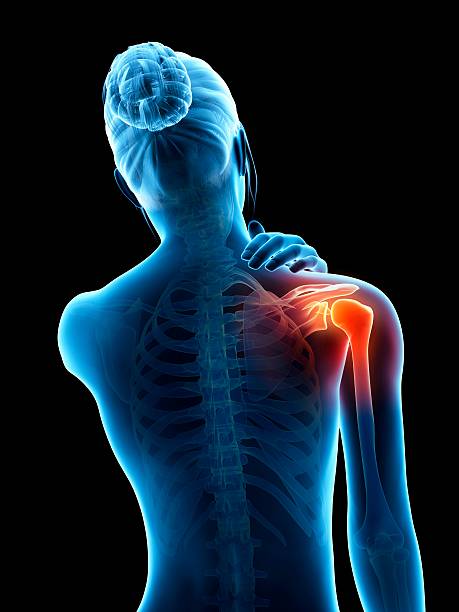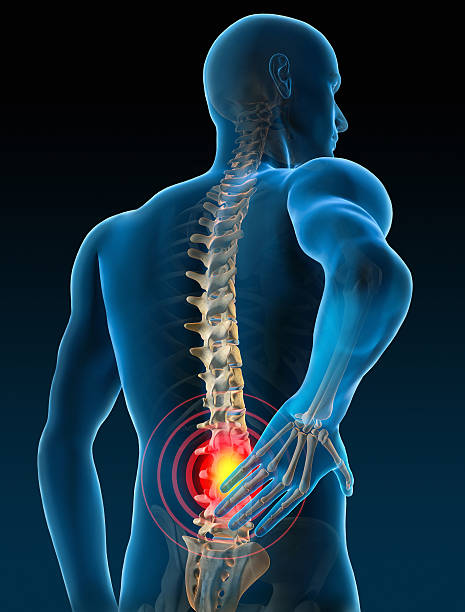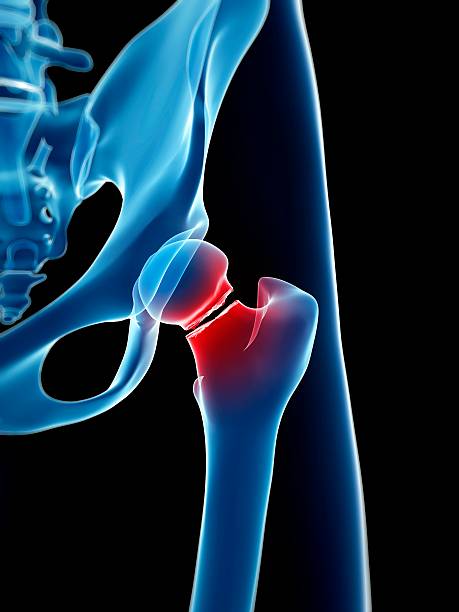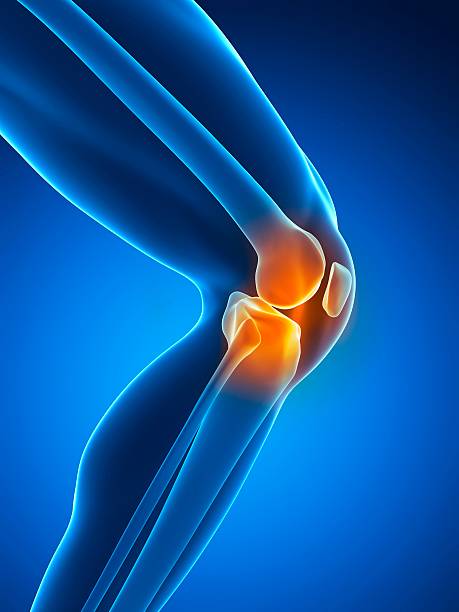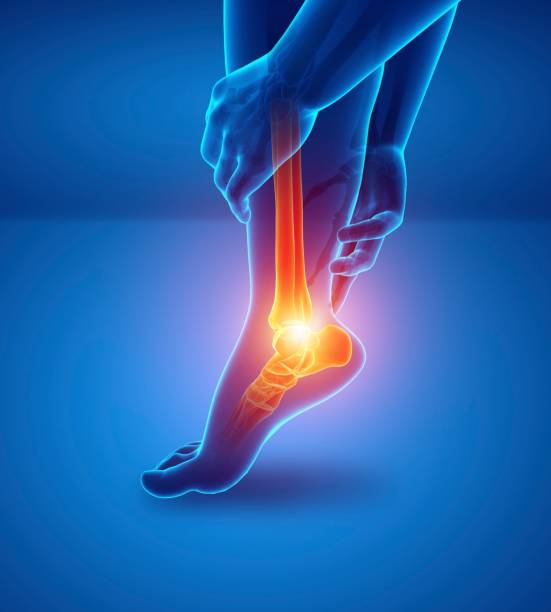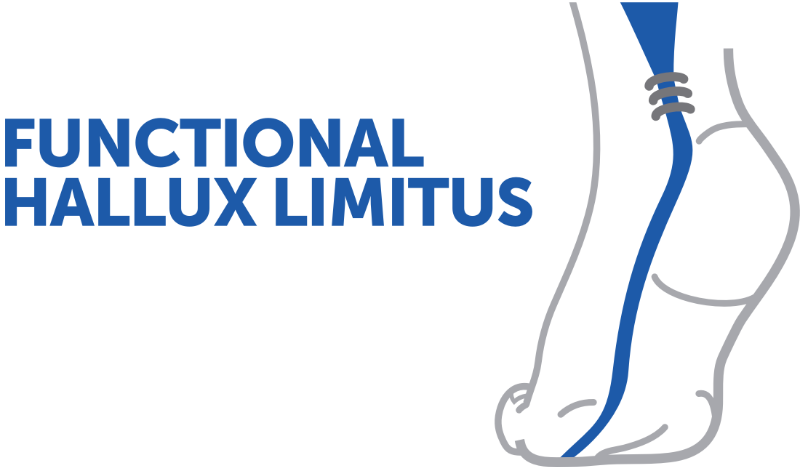Approaches in hip prosthetic surgery: anterior or posterior?
This presentation explores the two main surgical approaches for total hip replacement: the anterior and posterior approaches. The specialist details the advantages, disadvantages, possible complications, and selection criteria based on the patient and surgical context.
Doctors
Topics
Treatments
Advice
- Dr. Hadrien Stolz
- History of access routes
- Advantages/disadvantages of the anterior approach
- Advantages/disadvantages of the posterior approach
- Specific clinical cases
- Surgical recommendations
- Total hip replacement
- Choose the path you know how to take
- Similar long-term results
- Adapt to the patient's anatomy and history
Information
Video type:
Anatomy:
Surgery:
Thematic:
Hip prosthesis: anterior or posterior approach?
The two most commonly used surgical approaches offer comparable medium- and long-term results. The best approach is the one that the team is familiar with and that is appropriate for your anatomy and medical history.
Anterior approach: advantages and limitations
Anatomical access without muscle section, favorable exposure of the acetabulum and often faster recovery.
Limitations: sometimes delicate femoral exposure, risk of injury to the lateral femoral cutaneous nerve and sensitivity to 'false routes'.
A good posterior approach is better than a bad anterior approach.
Posterior approach: advantages and limitations
Comfortable femoral exposure and high extensibility in case of unforeseen intraoperative events.
Limits: crossing of the gluteus maximus and partial section of the external rotators, rare neurological risk.
How is the choice made for a given patient?
The choice depends on the surgical school, the team's experience, and patient-specific factors (morphology, skin, scars, trauma, or previous infections). Mastering multiple approaches allows the strategy to be adapted to complex situations.
At a distance, the functional scores are equivalent regardless of the approach.
What the patient can expect
An individualized rehabilitation protocol, early resumption of walking, and protective instructions adapted to the route used. The goal remains the same: stability, absence of conflict, and a return to an active life.
Key message
There is no universal 'best' approach: safety and reproducibility are paramount. Rely on the team's experience and clear information on the benefits and limitations of each option.
Pathologies treated at the center
Hallux Limitus
Functional
Your pain has a cause.The balance sheet allows us to understand it.
- Gait analysis
- Posture Assessment
- Guidance on the right treatment
- Study of plantar supports and supports
- Detection of compensations
- Pain–movement correlation
The functional assessment allows us to understand how a joint or postural imbalance can trigger or perpetuate pain. Very often, imaging is normal, but movement is disturbed. By analyzing gait, weight-bearing patterns, or posture, we identify the weak links in the chain and guide targeted treatment adapted to the patient's actual mechanics.


